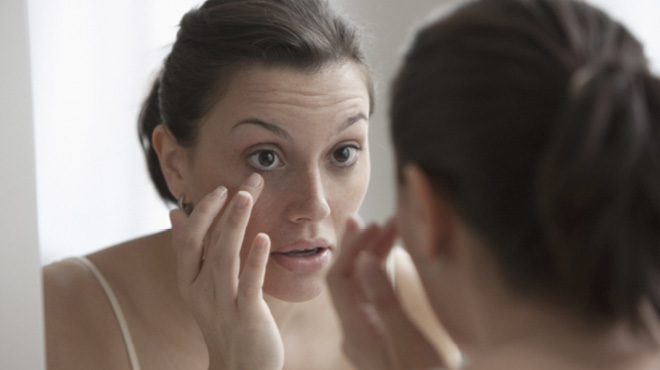Recent Posts
Do children need sunglasses?

Children spend a lot of time outside enjoying school recess, sports and playtime. You likely send them outside with sunscreen to protect their skin. But what about protection for their eyes? Do children need to wear sunglasses?
Children receive more annual sun exposure than adults. This increased exposure to sunlight increases risk of eye damage from ultraviolet (UV) light — an invisible electromagnetic radiation emitted by the sun. Unlike adult eyes, children's eyes are still maturing and cannot filter out the harmful UV rays as effectively.
Children's eyelids and skin around the eye are delicate and more vulnerable than adult skin. Damage from UV rays builds up over time. Long-term eye problems not specific to children could include cataracts and age-related macular degeneration that can blur vision, dull colors and lead to the development of a pterygium, which is a noncancerous growth of tissue on the surface of the eye.
There also are some short-term physical side effects from too much UV light, including photokeratitis, also known as "snow blindness." This occurs when UV rays reflect off sand, water, ice and snow, or if you stare at the sun. Photokeratitis is like having a sunburned eye.
Fortunately, sunglasses will protect the skin around the eye and the eye itself. Consider having your children wear sunglasses every day. UV rays can still damage eyes on cloudy days.
What to look for in sunglasses
Keep these tips in mind with selecting sunglasses for your children:
1. Look for UV protection.
Sunglasses should conform to the American National Standards Institute's guideline ANSI Z80.3, which specifies UV protection and impact protection. Choose sunglasses that block 99%–100% of both UVA (long-length) and UVB (short- length) rays. Look for large wraparound-style sunglasses that cover a lot of skin. If your children need to wear corrective lenses, you may want to consider photochromic lenses, also called transition lenses, to eliminate the need for sunglasses. Photochromic lenses automatically change from clear lenses to darkened lenses in the presence of sunlight. These lenses block 100% of the sun's UV rays.
2. Make sure the sunglasses are durable.
Active children need sunglasses made of impact-resistant polycarbonate with scratch-proof lenses. Frames should be bendable but unbreakable. Make sure the fit is snug.
3. Consider activities.
Some sunglasses come with amber or green lenses and can increase contrast, which may be useful for sports.
4. Let kids choose.
Kids are more likely to wear sunglasses if they've been allowed to pick them out. Let them choose among a few pairs of sunglasses.
5. Be the keeper of the sunglasses.
To prevent the sunglasses from being lost, broken or forgotten, parents may want to consider keeping their children's sunglasses in a safe place when they are not being worn.
6. Listen to your children or observe them.
If your children resist wearing glasses or sunglasses, observing their behavior or talking to them further might give you a clue to the barriers, such as poor fit or discomfort while wearing them.
7. Set a good example.
Your eye health is important. Set a good example for your children by wearing your sunglasses consistently, and make wearing them part of your children's routine.
As an added protection, have your children wear wide-brimmed hats and sunscreen to further reduce their UV exposure. Sunglasses block UV rays that come through the lenses. UV rays also can reflect off surrounding surfaces and damage skin around the eyes, ears, forehead and cheeks. An appropriate hat and sunscreen can block the sun from above and from the sides.
Nitika Arora, M.B.B.S., is a glaucoma specialist in Ophthalmology, and Angela Schneider is an optician in La Crosse, Wisconsin.





